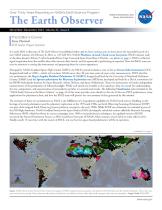- Home
- Missions
- Data
- Communications
- People
- The Earth Observer Newsletter
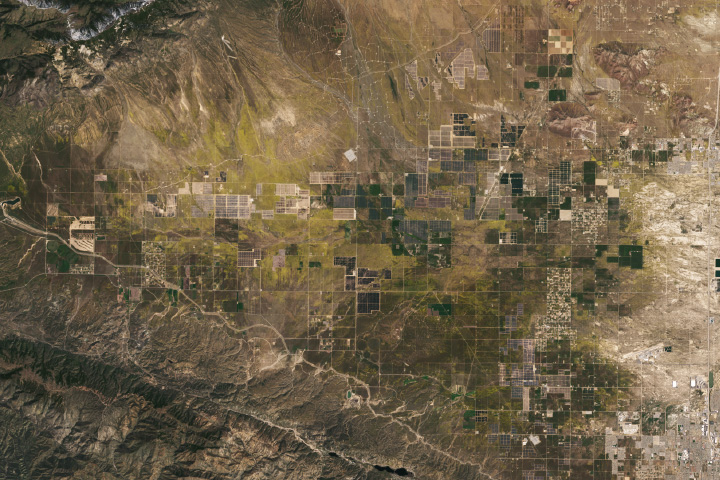
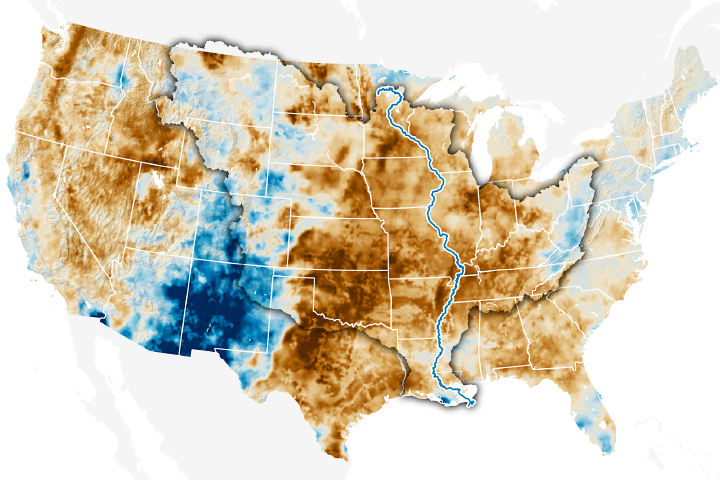
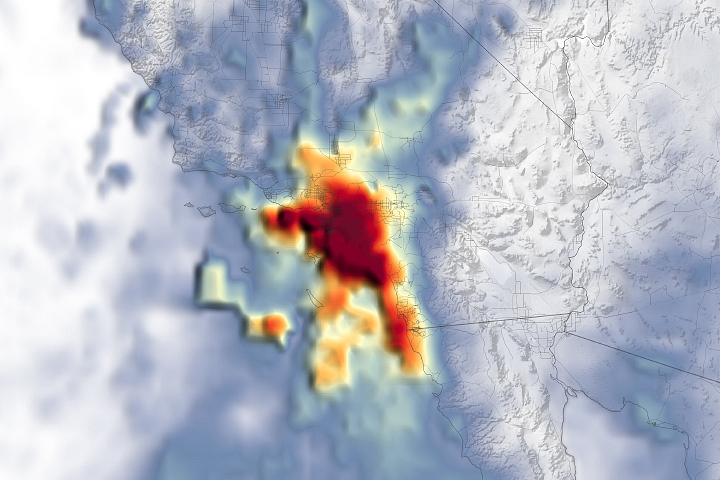
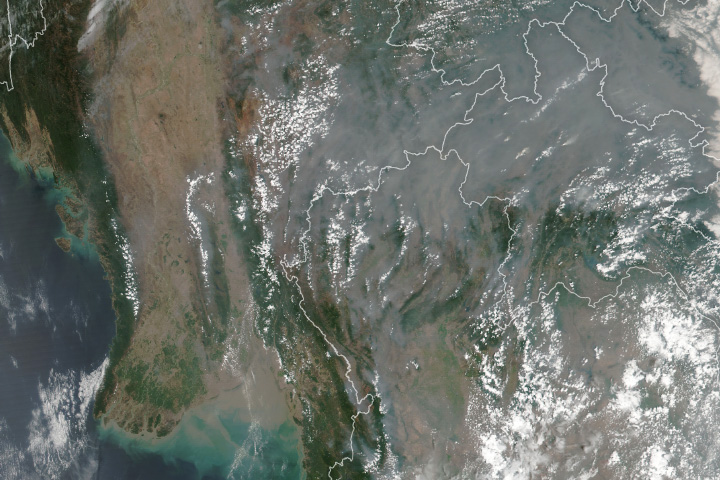
Recent Imagery
You will be directed to the NASA Visible Earth webpage when you select Images by Mission below, or click on the images at right that are randomly generated to represent four out of all possible topics.
Dynamic Planet
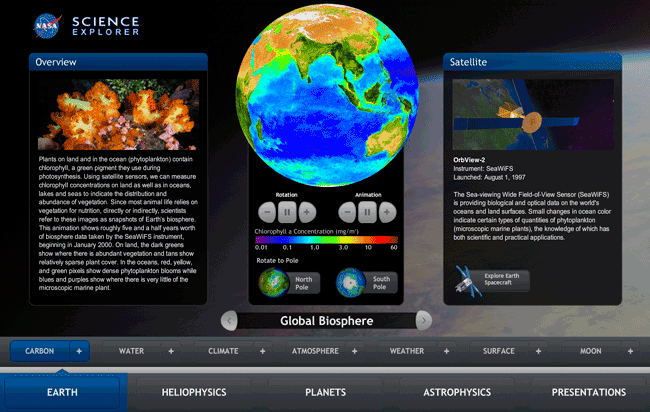
Global Imagination's Magic Planet™ is a digital video globe that allows users to view and explore dynamic digital images of the Earth, other planets and space. NASA's Magic Planet exhibit, "Dynamic Planet" is used extensively to help students and the public understand how NASA satellites contribute to a better understanding of our home planet, solar system, and the universe.
A new touchscreen interface, called the NASA Science Explorer, drives the spherical display, allowing users full control over the content while learning about a wide range of remote sensing data. This exhibit is freely available to all organizations that currently have, or will be purchasing, a Magic Planet™ system.
A note about the exhibit:
The touchscreen interface is an Adobe Flash file that executes inside the Internet Explorer web browser. The interface has a native resolution of 1680x1050. Therefore the interface must be viewed on a widescreen touchscreen or monitor capable of displaying a resolution of 1680x1050.
The exhibit includes roughly 100 datasets totaling almost 27 GB. Download times will vary depending on the speed on your network connection.
Download and Install
Please follow these instructions for downloading and installing the NASA Science Explorer exhibit.
Download the NASA Science Explorer.zip file [updated 02.17.2011] and move the file to: C:\Program Files\Global Imagination\Exhibits\
Double-click the .zip file to un-archive the files. The following files/folders should be present:
assets (folder)
MagicPlanet.js
nasa-se-scroll-bars.html
nasa-se.html
nasa-se.swf
Story (folder)
Download the data folder archive files and move the files to:
C:\Program Files\Global Imagination\Exhibits\NASA Science Explorer\Story\
Double-click the .zip file to unarchive each of the data folders. Once unarchived, the following folders should be present within the Story folder:
- Astrophysics [17.4MB] updated 02.07.2011
- Atmosphere [2.25GB] updated 02.07.2011
- Carbon [2.25GB] updated 02.07.2011
- Climate [998.4MB] updated 02.17.2011
- Earth [28.3MB] updated 02.07.2011
- Heliophysics [2.27GB] updated 02.17.2011
- Jupiter [12.1MB] updated 02.07.2011
- Mars [8MB] updated 02.07.2011
- Mercury [1.2MB] updated 02.07.2011
- Moon [41.5MB] updated 02.07.2011
- Neptune [21.9MB] updated 02.07.2011
- Pluto [647KB] updated 02.07.2011
- Presentations [2.77GB] updated 02.07.2011
- Saturn [4.8MB] updated 02.07.2011
- Sun [10.9MB] updated 02.07.2011
- Surface [49.8MB] updated 02.07.2011
- Uranus [938KB] updated 02.07.2011
- Venus [4.9MB] updated 02.07.2011
- Water [2.28GB] updated 02.07.2011
- Weather [1.73GB] updated 02.07.2011
